The world of bamboo is rich and diverse. With about 1,500 varieties to keep track of, it’s easy to get lost. Some bamboos stretch over 100 feet high, taller than most trees. Other dwarf species only grow up to a few inches. But with the general similarities common to all bamboo, identifying your species can be extremely difficult.
To make matters worse, there are some plants that look like bamboo but are not. Not only that, but there are a handful of plants that have bamboo in their common names, but are not related to bamboo at all. Some of the plants most commonly confused with bamboo include Lucky Bamboo (Dracaena sanderiana), Bamboo Palm (Rhapis excelsa), and Giant Cane Grass (Arundo donax).
Once you know the difference, you can decide whether you want to keep those non-bamboos in your garden, or choose to eradicate them. In some cases, you may discover that a bamboo look-a-like is just the right thing for your interior decor. After all, bamboo does not perform very well indoors, but there are a few common houseplants that have a similar appearance.
| Common name | Botanical name | Description |
| Lucky Bamboo | Dracaena sanderiana | Ornamental houseplant, often grown in water |
| Bamboo Palm | Rhapis excelsa | Small variety of fan palm, also called lady palm |
| Parlor Palm | Chamaedorea elegans | Small palm variety and very popular houseplant |
| Giant Cane Grass | Arundo donax | Tall reed grass resembling bamboo, common along river beds |
For further clarification, check out our in-depth articles on How to choose the best bamboo for your garden and How to shop for live bamboo.
NOTE: This article first appeared in June 2020, last updated in September 2024.
Plants commonly mistaken for bamboo
LUCKY BAMBOO
Probably the number one plant that people mistake for bamboo is the popular ornamental known as Lucky Bamboo. In the last 15 years or so this Asian plant has become widely available, even in hardware stores and pharmacies, where the staff have little expertise in botany and horticulture. And as a shortcut, or perhaps a way not to sound superstitious, they often refer to it simply as bamboo.
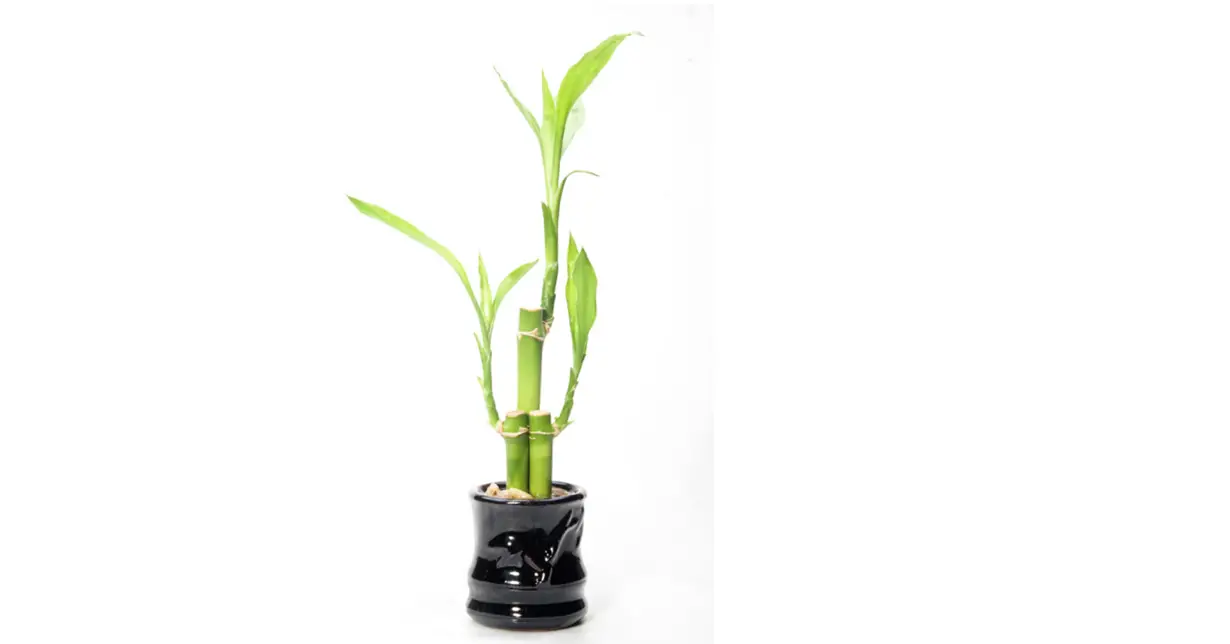
Despite having segmented stems and narrow leaves, with some resemblance to true bamboo, this plant has no relation to bamboo. Dracaena sanderiana, as it’s known to botanists, does not belong in the grass family. It is actually more closely related to asparagus. But it does come from Asia, probably Taiwan, like many species of bamboo.
In China and other parts of Asia, people revere the lucky bamboo for its beneficial Feng Shui properties. This is how it earned the name. Also, evidence suggests that adding the word “lucky” to any product can increase sales exponentially. So not surprisingly, the name stuck.
As a Feng Shui remedy, the presentation of the lucky bamboo is crucial. So when you see it in stores and garden centers, it’s almost always set in a simple but attractive pot or vase, with an Asian aesthetic. This reinforces the association with bamboo and perpetuates the misunderstanding.
Something else that makes this plant lucky is the way it grows. Without need for soil, Dracaena sanderiana grows easily just in water. This makes it impossible to overwater or underwater your lucky bamboo, these being the two leading causes of death among houseplants. (Just keep water in the vase, of course.) The plant also requires very little light, so it grows perfectly well in virtually any indoor environment, even with nothing but the artificial light of an office or bathroom.
True bamboo, on the other hand, is very difficult (but not impossible) to grow indoors. Bamboo, a type of grass, needs plenty of natural light, either in full sun, or at least partial sun. Some varieties of bamboo can survive indoors, but they will not thrive. And real bamboo cannot grow in just water. Some species will do better than others in wet soil, but no bamboo can survive for more than a couple days underwater, not even the species known as water bamboo.
Check out our illuminating video about Lucky Bamboo.
GIANT CANE GRASS
Growing in tall canes with long slender leaves, this plant looks very much like bamboo to the untrained eye. Arundo donax actually comes from the Mediterranean and has become quite invasive in North America, especially along river beds and waterways. Arundo grass, as it’s also known, has a similar growth habit to the native species of bamboo in the American southeast, especially Arundinaria gigantea.
While the shape and growth habit of Arundo cane does resemble certain types of bamboo, there are distinct differences. Both are perennial grasses, but Arundo actually looks more like corn. As you can see in the picture, the leaves of giant cane line the entire culm, which grows in one straight shoot without lateral branching. And if you try building anything with these canes, you’ll discover they are very flexible, not nearly as sturdy as bamboo.
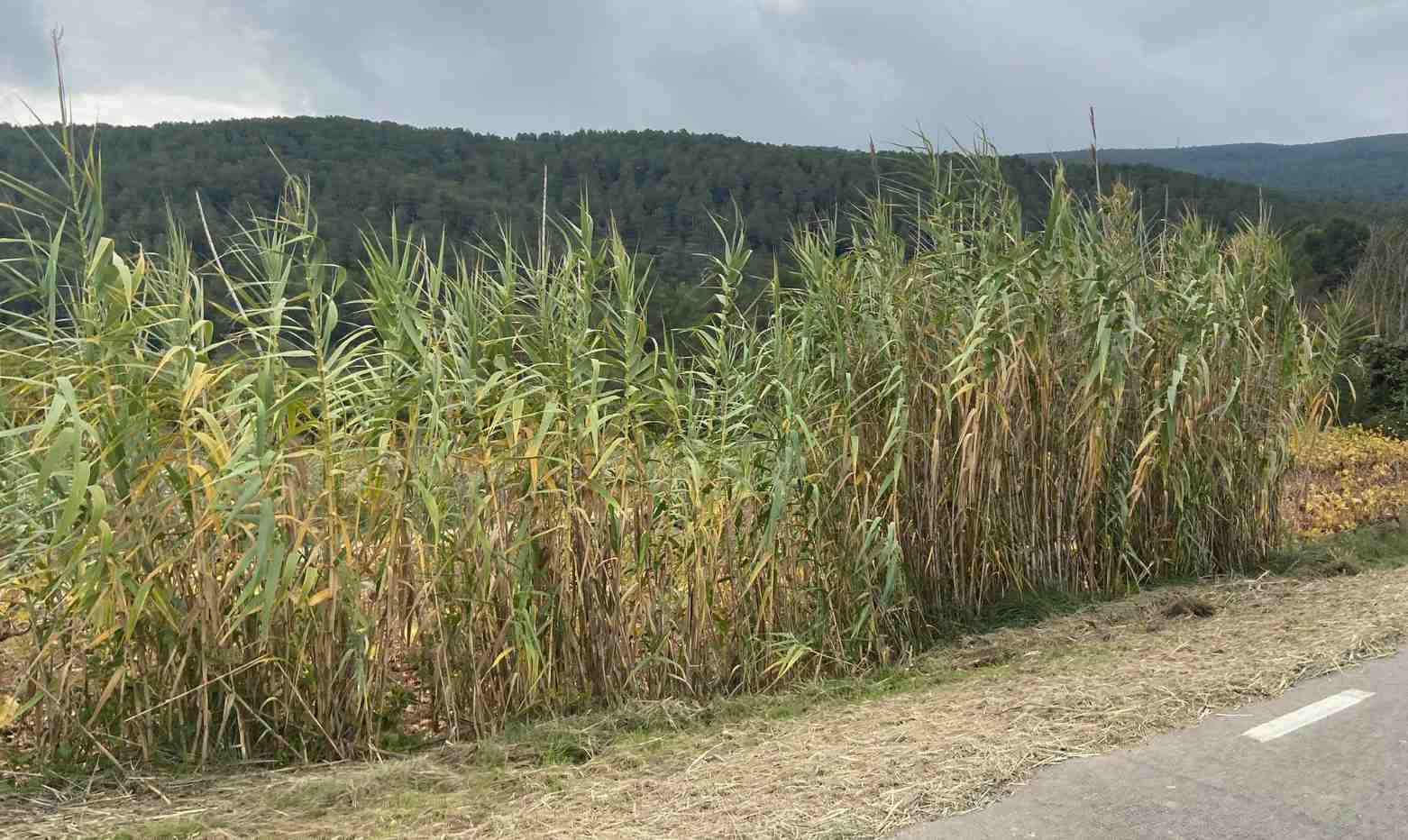
Varieties of running bamboo have earned a wicked reputation for their aggressive growth habit and their ability to overrun a piece of property. But Arundo donax is just as bad if not worse. As mentioned earlier, bamboo cannot grow in standing water. But Arundo grass absolutely thrives along waterways, choking out native habitats and severely disrupting the native ecosystems in those important areas.
See our related article: Is bamboo invasive?
BAMBOO PALM
Once again, the common name of this decorative, household palm tree leads to a predictable misunderstanding. The general shape of the plant also resembles a small bamboo with its long lancet-shaped leaves. Bamboo palm (Rhapis excelsa) grows taller than most houseplants, with long, upright stems and attractive, narrow fronds. One of these plants can really liven up a room, and it will do better indoors than any kind of bamboo. In a mild climate, they also do well outdoors.
Like bamboo, palm trees are prolific in tropical and subtropical climates, and they come in thousands of different species. Among them, you’ll find an incredible diversity of shapes and sizes. Parlor palm, Chamaedorea elegans, is another kind that looks something like bamboo, with its thin, delicate leaves. But it’s pretty short and compact.
The growth habit of bamboo, a type of grass, is nothing like a palm tree. Each growing season, a bamboo plant will put up new shoots from its rhizome rootball. By the end of the growing season, those shoots will reach their full height, and sets of leaves will emerge at the internodes. Later in the year, or the following season, depending on the variety, lateral branches with additional leaves will also shoot out from the internodes.
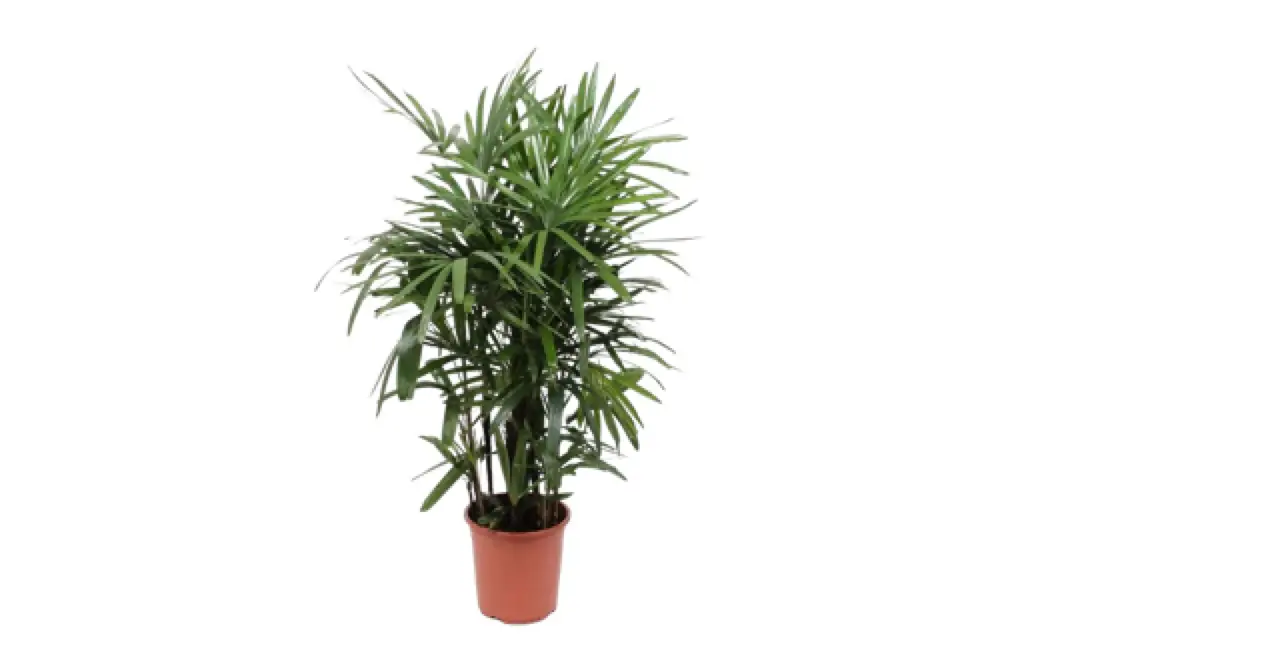
To learn about another type of palm tree that resembles bamboo, take a look at our article on Bamboo vs. Rattan.
HEAVENLY BAMBOO
Also called Sacred Bamboo, Nandina domestica is no relation to the perennial grass. It has upright stems, but that’s where the similarity ends. The brightly colored foliage radiates like a burning bush, in hues of red, orange and pink. It makes an attractive outdoor ornamental and does look good alongside a healthy bamboo with deep green leaves.
STRANGE BOO
It’s one thing to see plants that look like bamboo but aren’t. Another occurrence that often happens is to come across a plant that doesn’t look like bamboo, but actually is. Among the 1,600 species of bamboo, you can be sure that there are a handful that will not meet your standard expectations.
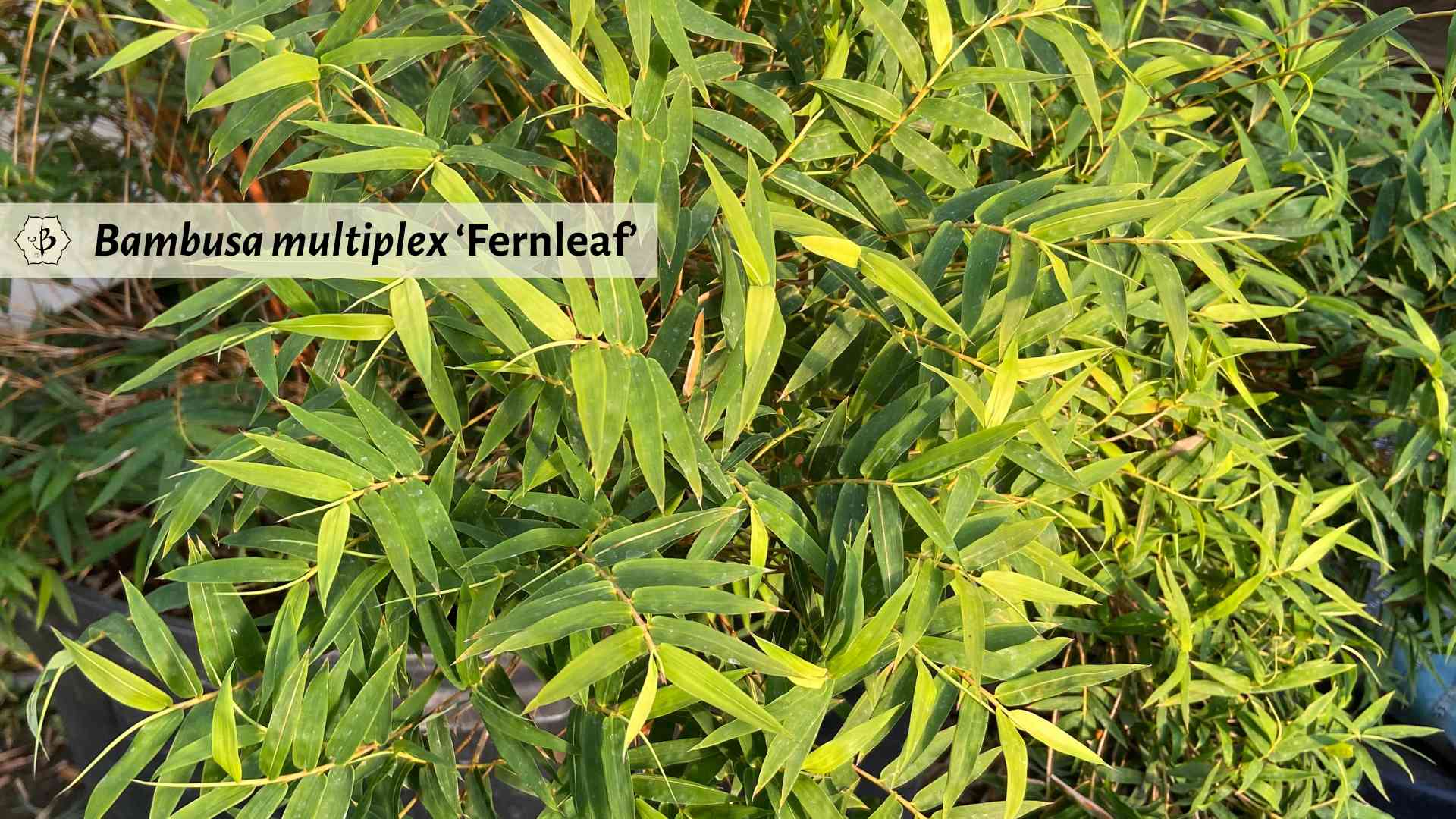
A good example of this is Bambusa multiplex ‘Fernleaf’, a delicate and dainty little shrub that, not surprisingly, looks a lot like a fern. At least the leaf structure of this bamboo looks like a fern. But it’s a popular ornamental that offers an ideal accent in a shady corner of the garden. It’s also a clumping bamboo, so you won’t have to worry about it spreading.
Further reading
If you enjoyed reading about plants that look like bamboo, please consider subscribing to our blog. You might also be interested in some of these popular articles.
- 10 Best bamboo varieties for your garden
- Growing bamboo indoors
- The most popular bamboo of all
- The best clumping bamboos
- Bamboo for bonsai
- Cold hardy bamboo
FEATURED PHOTO: Fake bamboo is sometimes the best option indoors, but I would be very reluctant to recommend it. (Photo by Fred Hornaday)
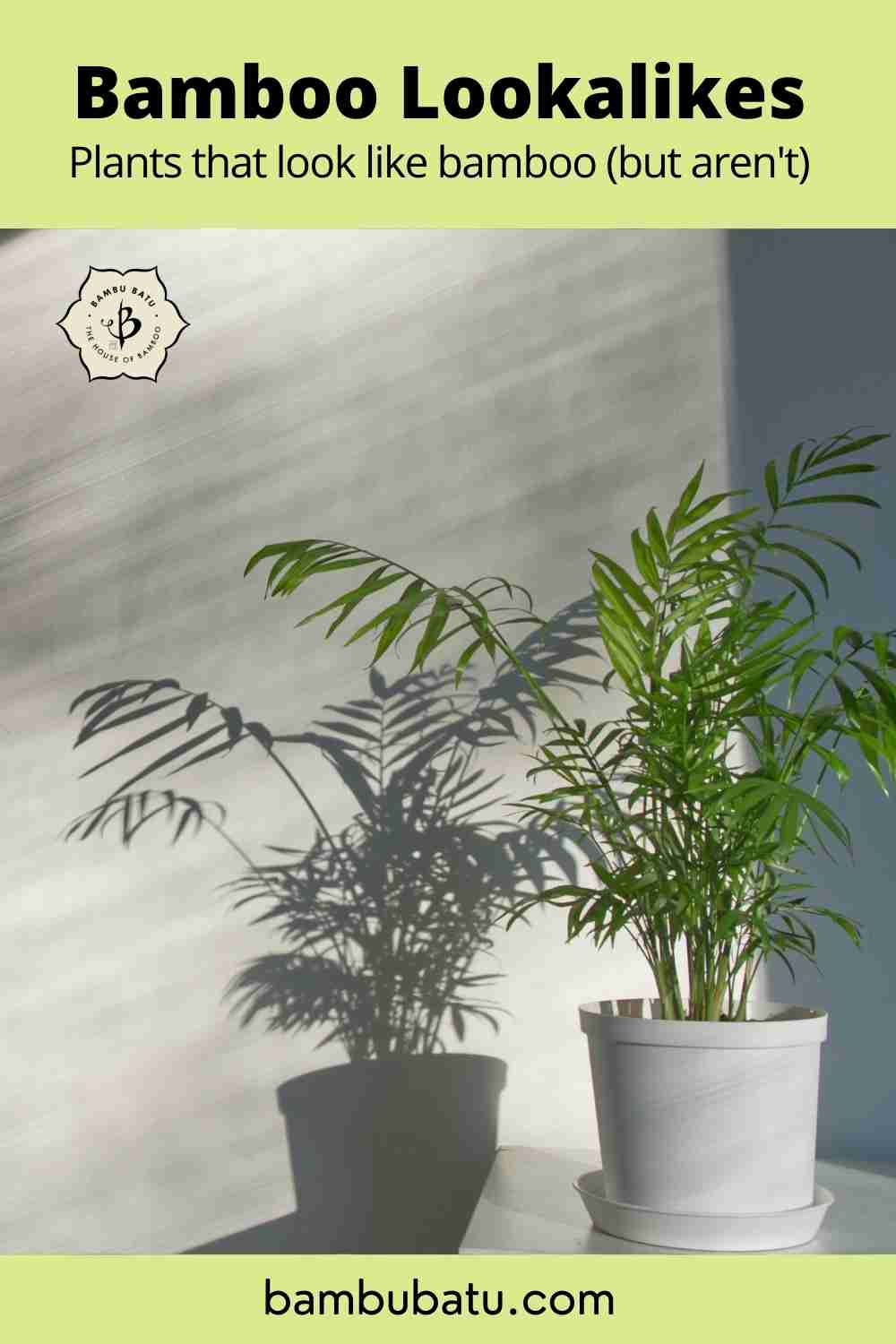

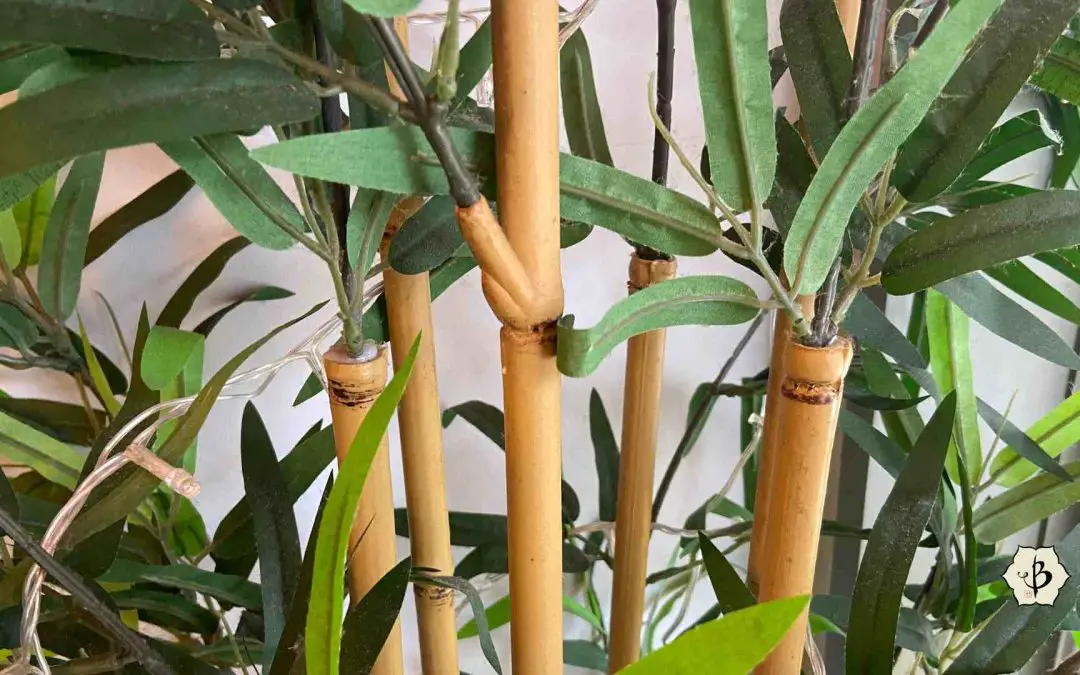


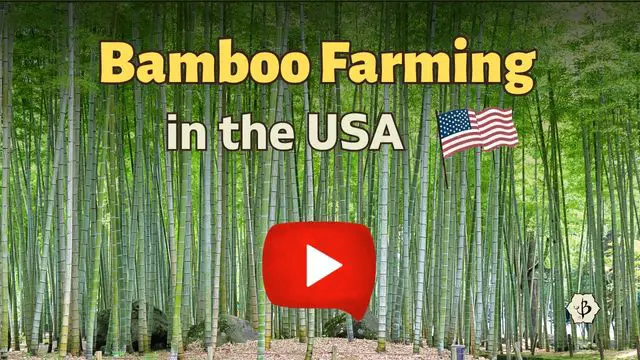



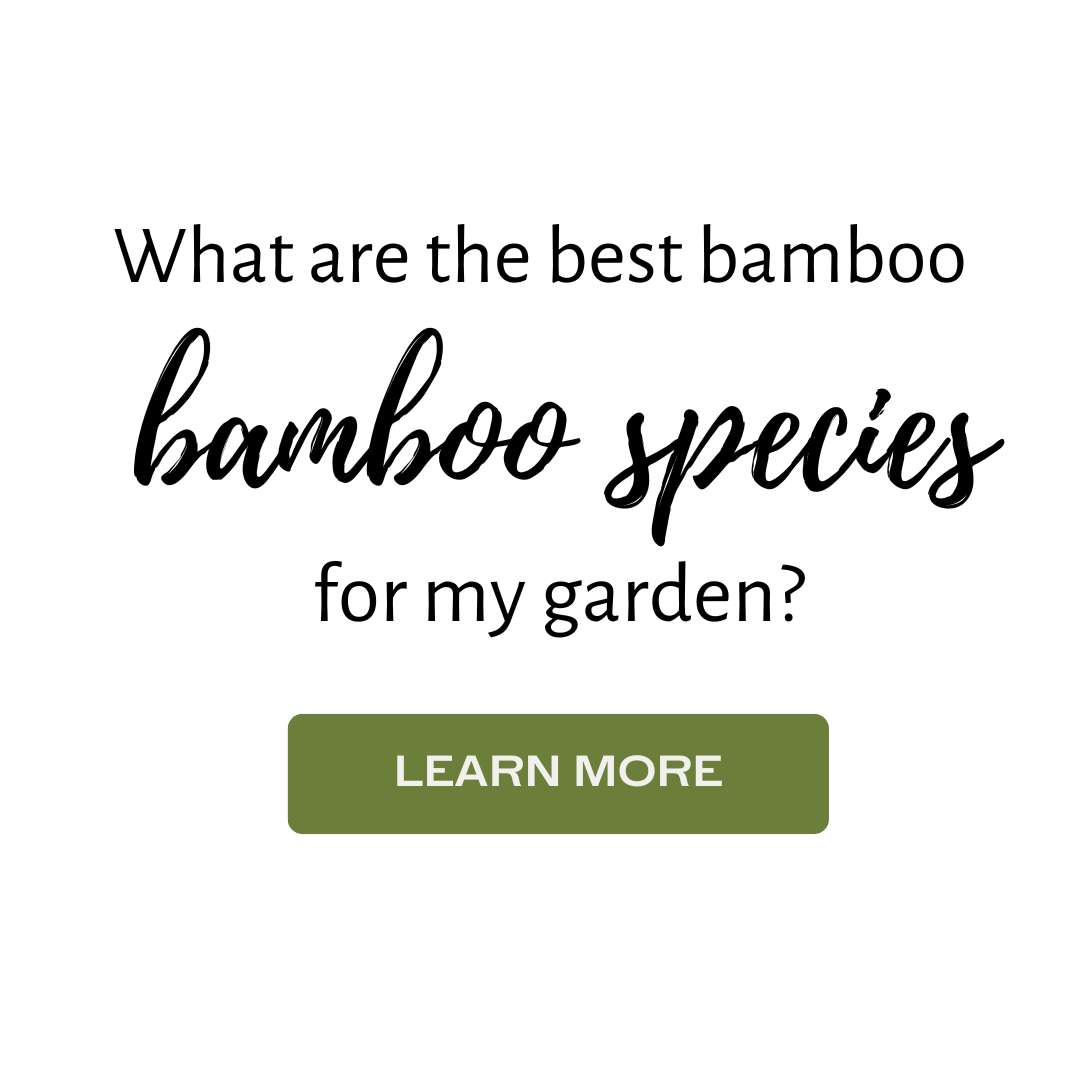
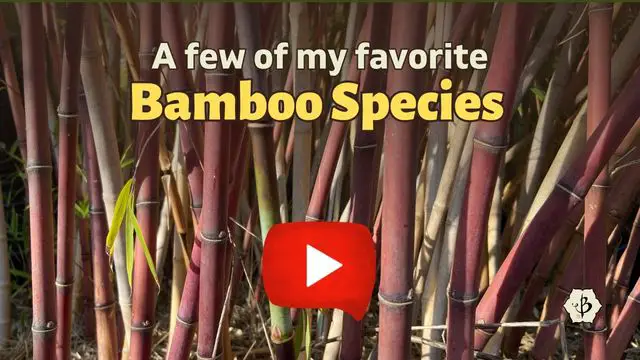
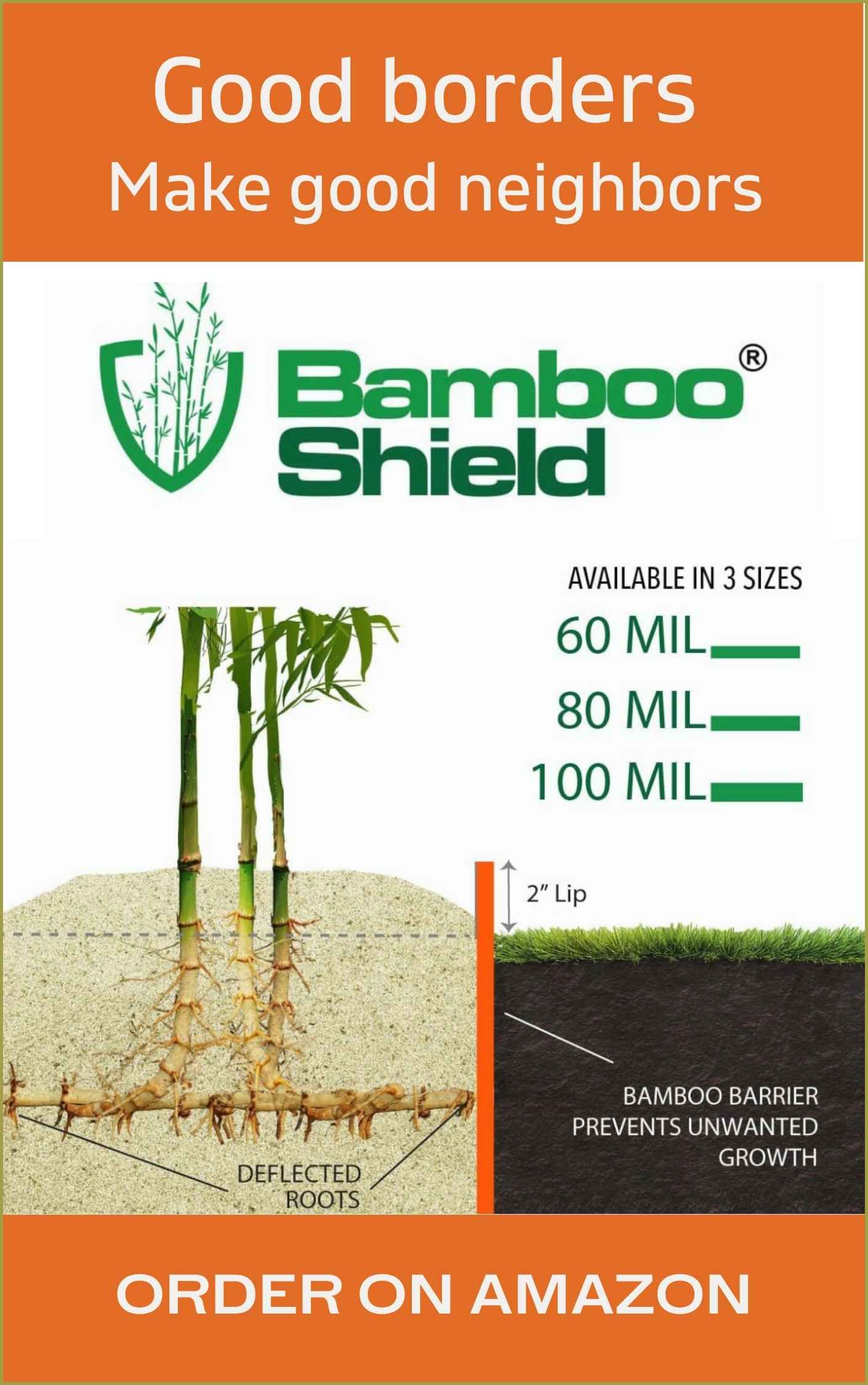
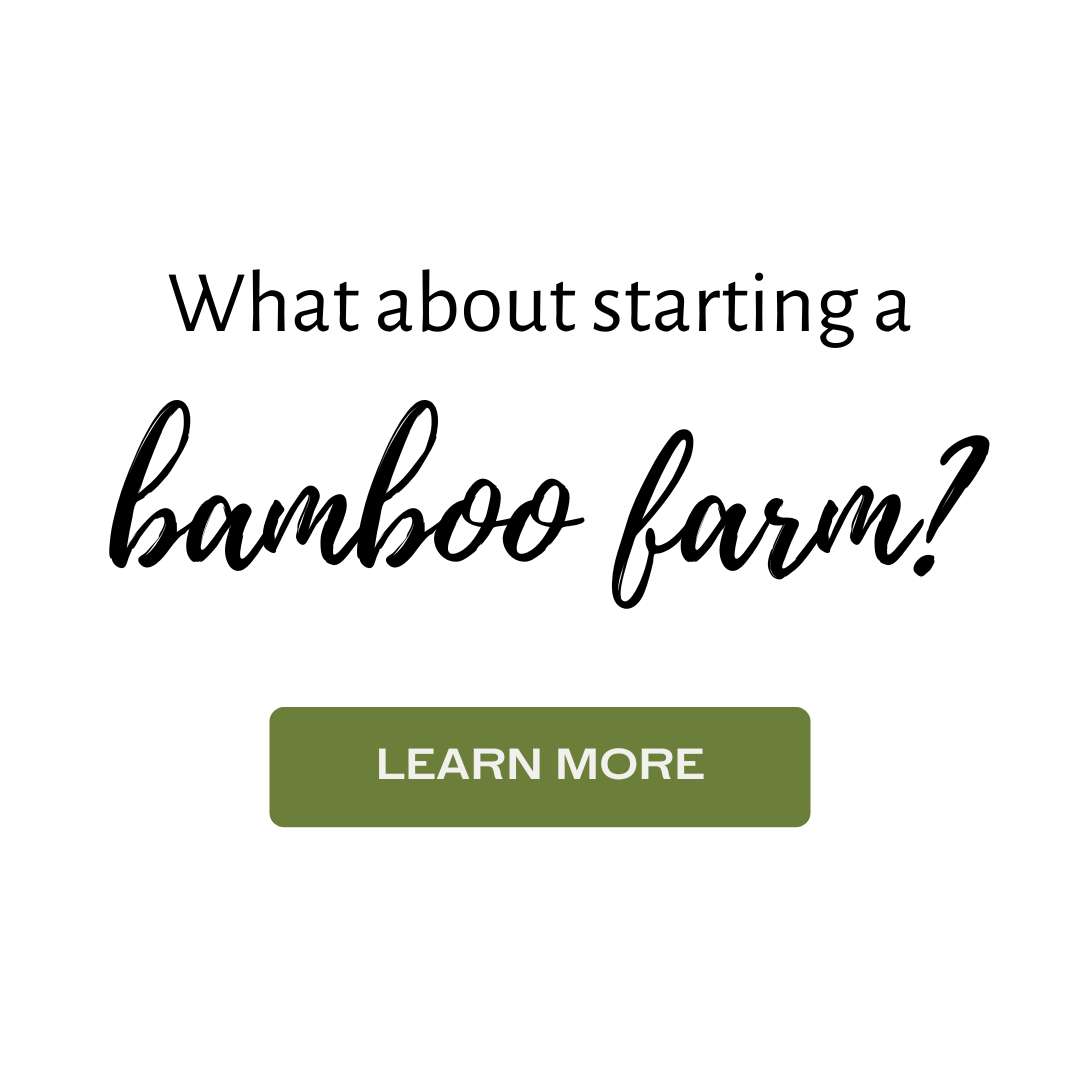
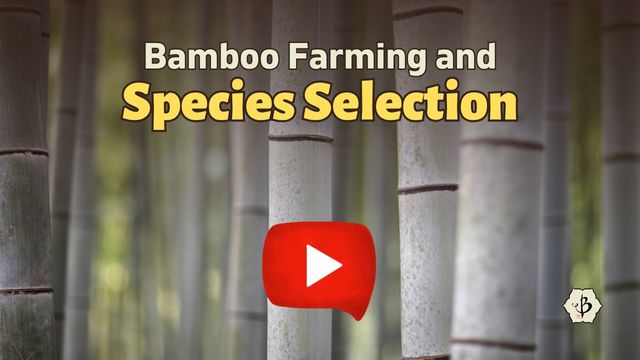

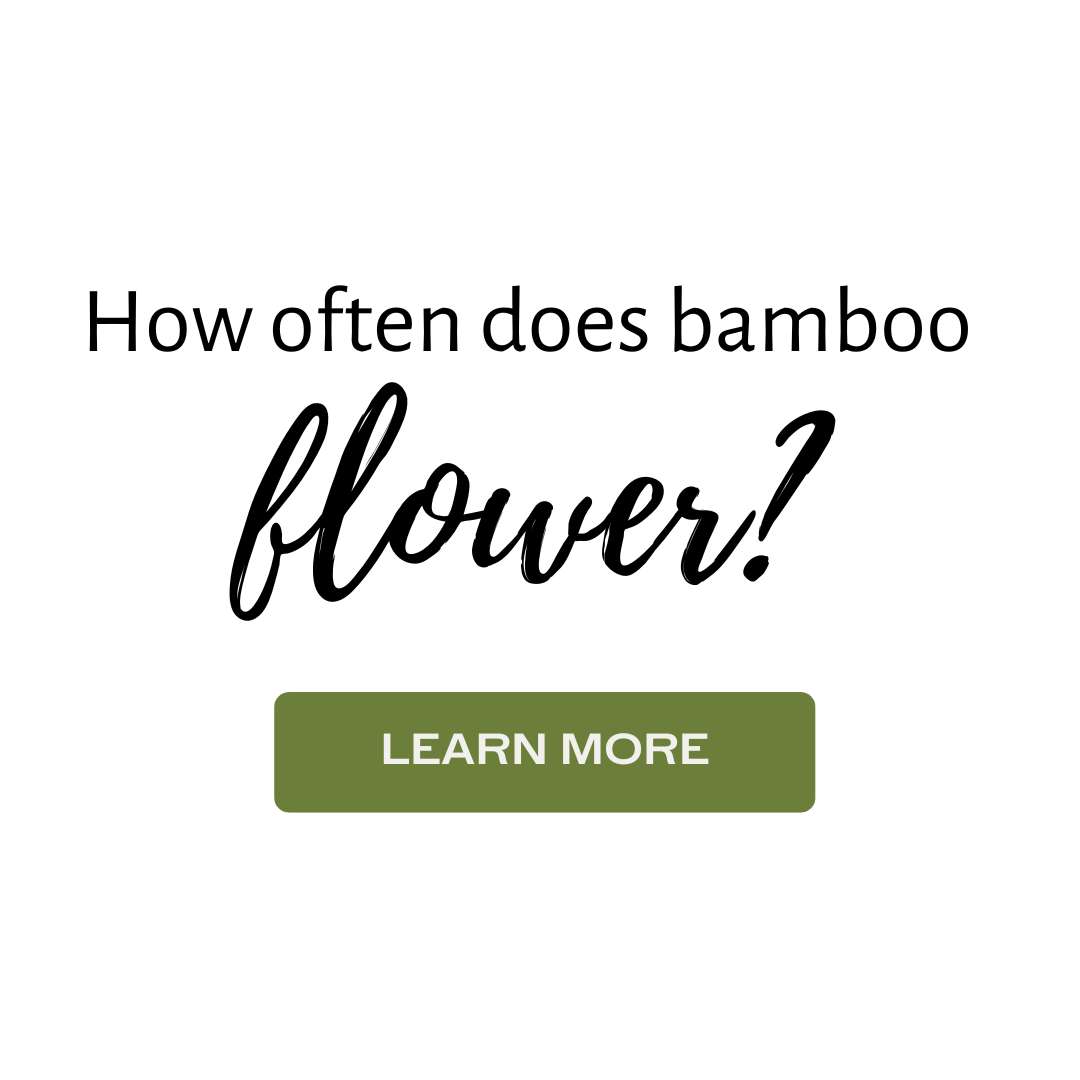
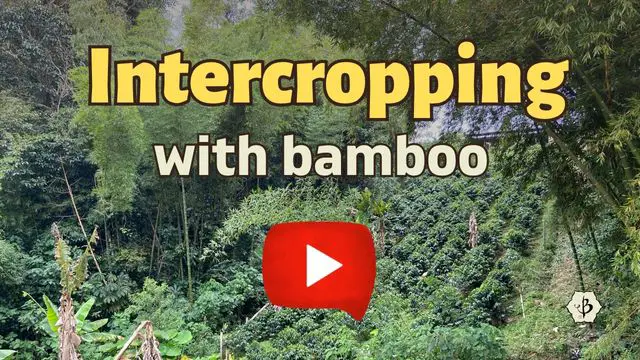

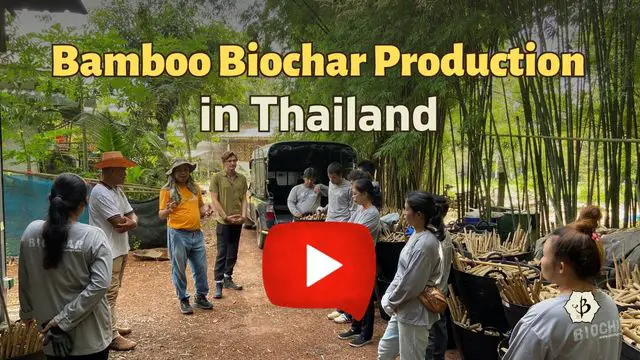
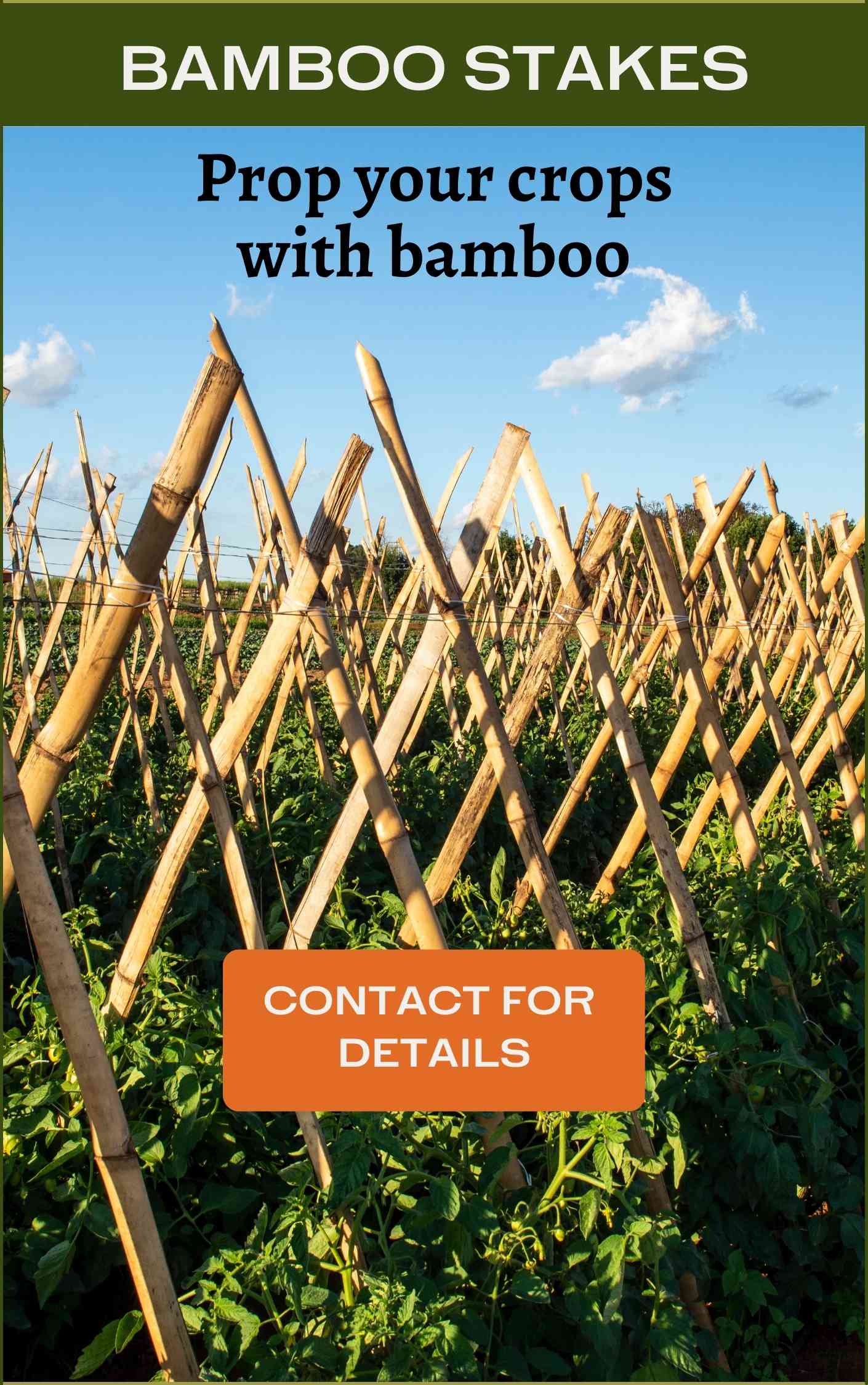
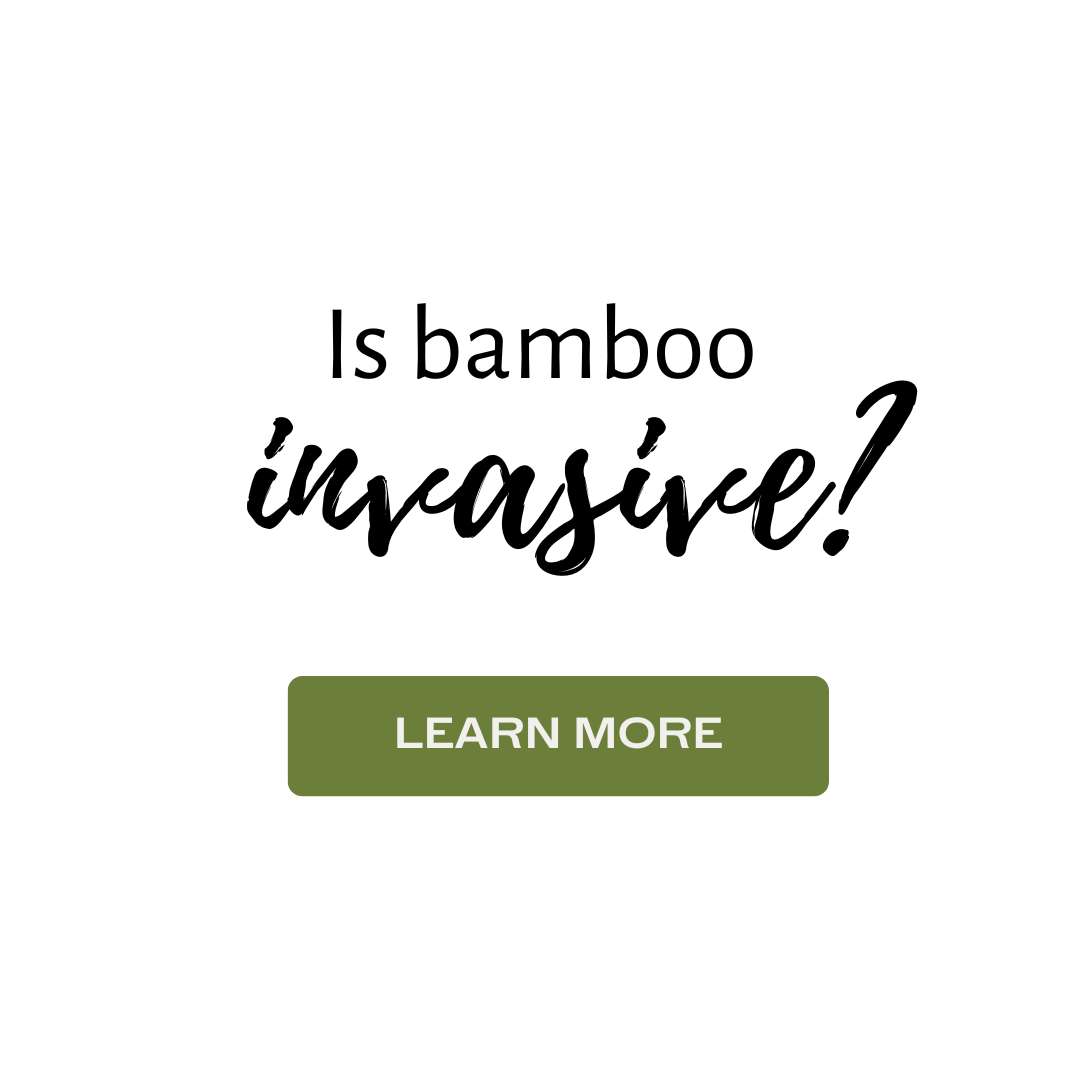
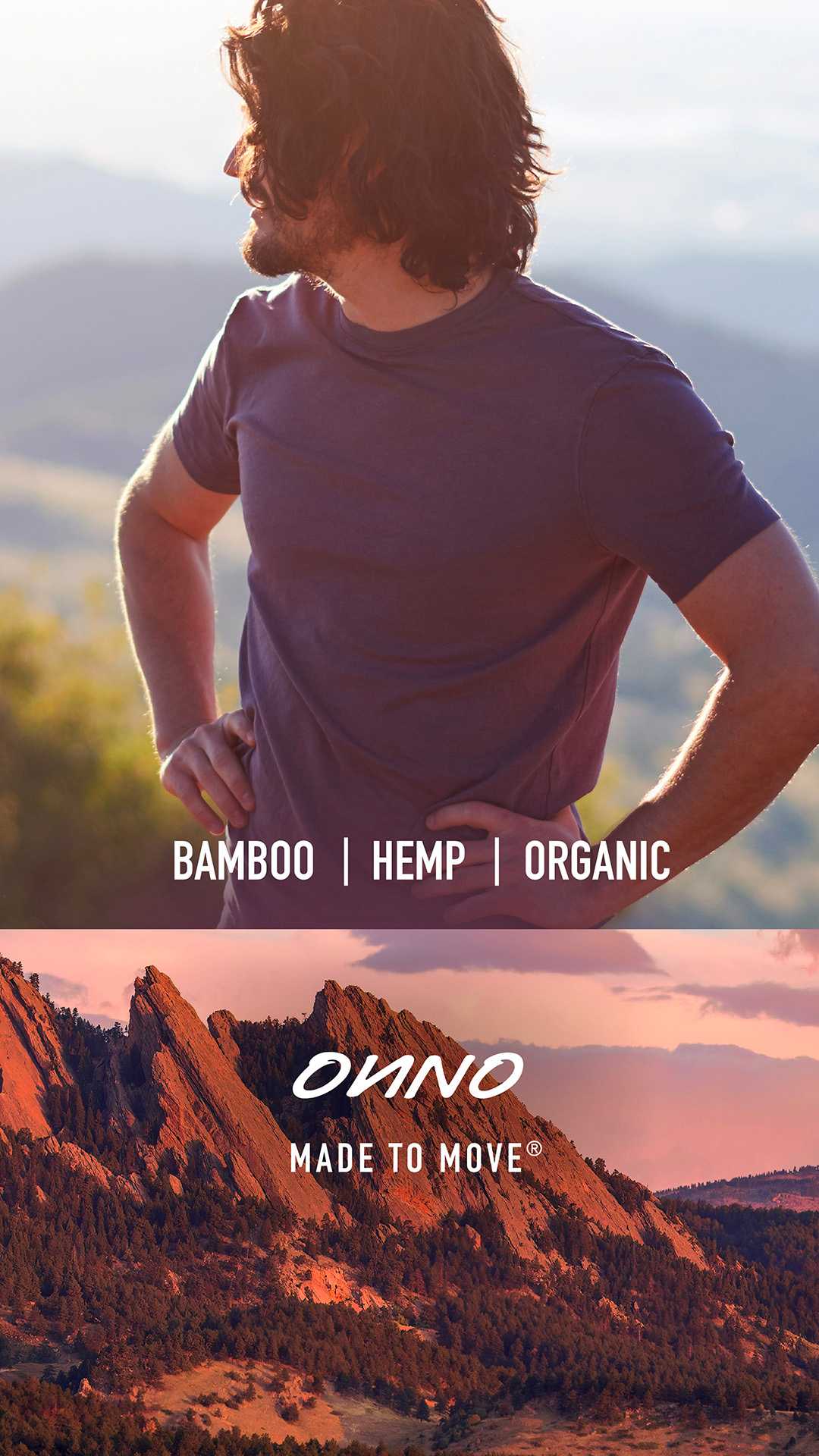




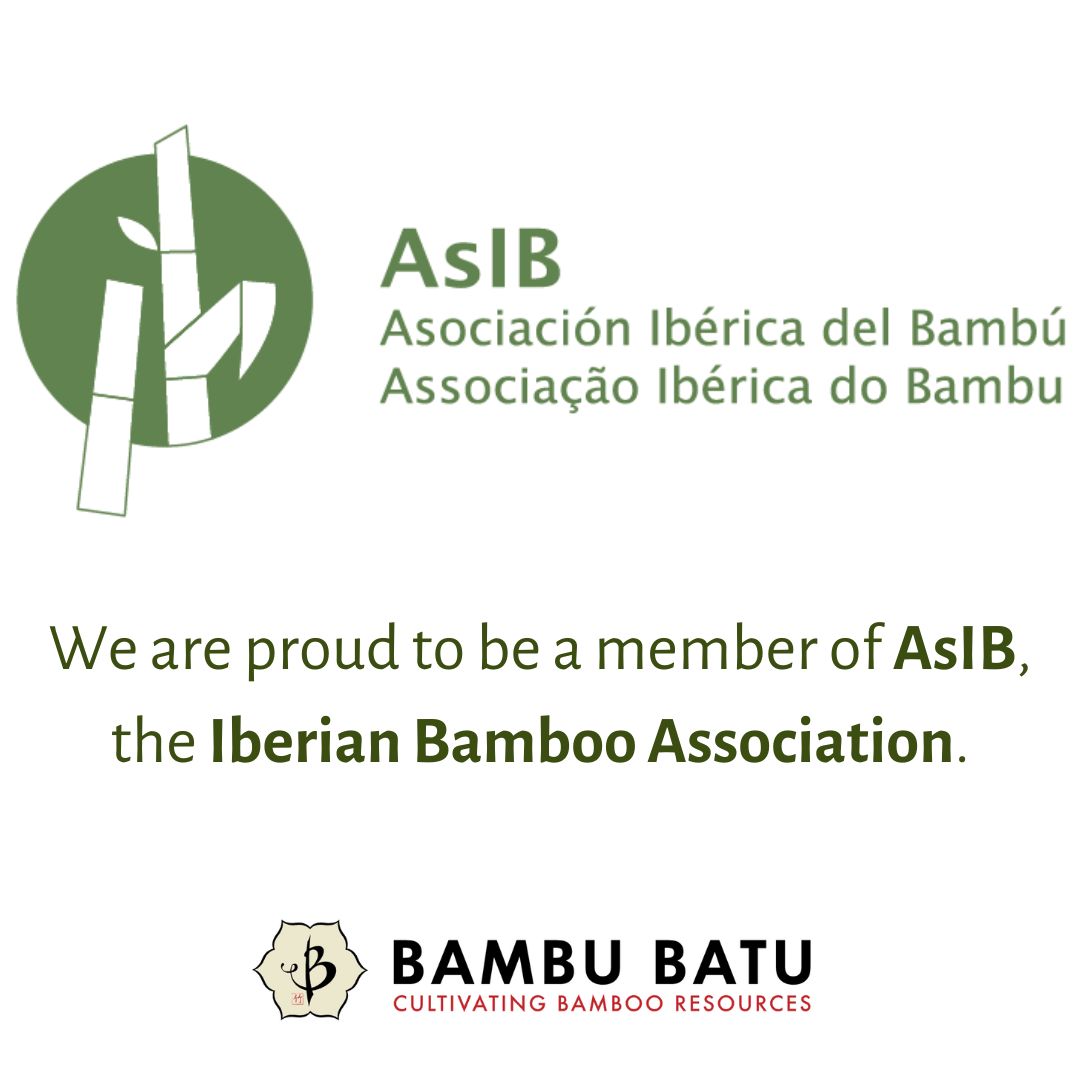
I have read a ton of reasons not to plant bamboo in Virginia. The thing I love most about bamboo is not it’s beautiful shape, colors, or varieties. I love the peaceful sound it makes with a light breeze . Does anyone know of a plant,tree, or bush that acts as a sound barrier but also has the bamboo sound? ( Suitable for sw Virginia zone 6b)
Just avoid the aggressive spreading Phyllostachys and plant something like Temple Bamboo instead. (Semiarundinaria fastuosa)